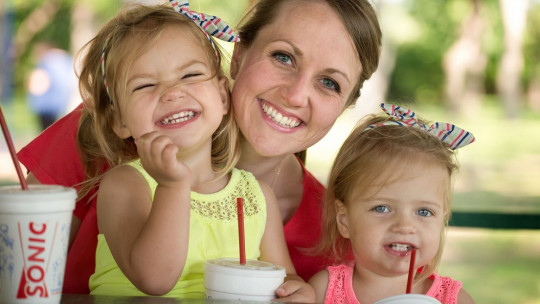“Should I let him go out with friends, or tell him to stay home?” When children approach adolescence, it is normal for parents to feel in a constant tug-of-war between how permissive or strict to be in the face of the typical demands of the not-so-child anymore. These internal debates are due to the fact that parents strive to fulfill their role in the best possible way, with the aim of accompanying their son or daughter in this stage of transition.
What happens is that they usually lose the guidelines, since the problems that adolescents face take a qualitative leap compared to the situations of childhood. The latter used to be more controllable for parents, being able to keep their children safe from possible dangers. On the other hand, as we well know, adolescence entails more and more independence from the family unit, ties with friends acquire significant value, and the dangers of the adult world seem increasingly closer to that of the child.
One of these threats is addictions, in the broad sense of the term, ranging from substance abuse to the Internet. AND Preventing addictions in children is a parenting challenge For parents, the least threatening.
Tips to prevent your children from developing addictions
No one is born knowing how to be a father or mother. There is also no manual to strictly follow that guarantees ideal parenting for children. However, there is a series of parenting keys that can serve as guidelines to prevent addictions and thus fulfill the task of “making the path easier” (although not too easy!) for adolescents. Let’s see them below.
1. Talk about the topic
The basic requirement of all prevention is that the problem be stated Although it has changed in recent years, some topics such as problematic consumption, suicide or sexuality continue to be taboo, and many parents still believe that talking about them will only give children ideas; Nothing could be further from the truth. It is necessary to open a space for dialogue with them when they consider it appropriate, although if it is the adolescents who propose the topic, even better. In fact, it is possible that this will happen, since it is an issue that will cross them: although the data varies from one to another, in general, the studies agree that the age at which most people had their first alcoholic drink It is between 12 and 15 years of age. It is important that they know about it.
In addition, the information that parents should provide their children must be as accurate as possible, so that adolescents understand the deep reasons why addictions are problematic. Regarding alcohol consumption, one possibility is to explain to them that beyond the consequences for physical health, consumption brings with it a deterioration in one’s own mental health, but it also affects the social environment that surrounds the person who consumes.
2. Provide support
Although it is extremely important to talk specifically about addictions to prevent them, another guiding guideline for parents in this task is to promote a space for dialogue and general support. This implies get involved in the daily problems of the adolescent, lending an ear if he needs it. Care must be taken not to be invalidating with the conflicts and emotions that surround the children, avoiding phrases like “it’s not that big of a deal” or “in two days you won’t even remember.”
It is better to allow the teenager to express himself and express our support and affection. In accordance with this, in a study carried out by a group of researchers from the University of Salamanca, it was concluded that boys and girls who perceived greater affection from their parents engaged in fewer risk behaviors associated with to drug use than those who perceived less affection. Other studies indicate that bonds between parents and children characterized by proximity, warmth, support and affection, carry fewer risks for children’s health. These data could help us think about the importance of providing a space of containment for adolescents, privileging moments of dialogue and mutual trust.
3. Supervision
In line with the previous study, as is the case with the perception of support from their parents, young people who perceive themselves as supervised have fewer risk behaviors than those who do not. All parents could deduce the importance of supervising their children. The point is that “supervising” is not a tyrannical practice, but rather implies promoting that the adolescent learns to self-regulate, in order to favor the process typical of this stage in which will gradually become more autonomous
Childhood supervision, in which parents had to always have binoculars on in case of any catastrophe that might occur, has been left behind. It is not about establishing rigid rules, but it may be a good idea to open the possibility for the adolescent to discuss them. It’s a negotiation. Furthermore, in this way it is possible to promote an assertive dialogue with the children and, likewise, for them to feel heard.
4. Agree on limits
Maybe it’s a little confusing to read the word agree rather establish, but, like the previous item, this proposal also encourages exchange between parents and children. It has been shown that certain behaviors, such as going to bed at a fixed time at night, constitute one of the most significant protective factors against drug use in adolescents. The other, coincidentally, is to have a good bonding relationship with parents
Thus, reaching agreements with adolescents about the limits they will abide by (for example, establishing a sleep routine, or determining how many hours they will spend on the computer) is a flexible task, subject to discussion, so that the adolescent can understand the reasons why parents consider it important that he or she comply with these limits; but simultaneously, parents can reevaluate their decisions based on the dialogue with their children.









